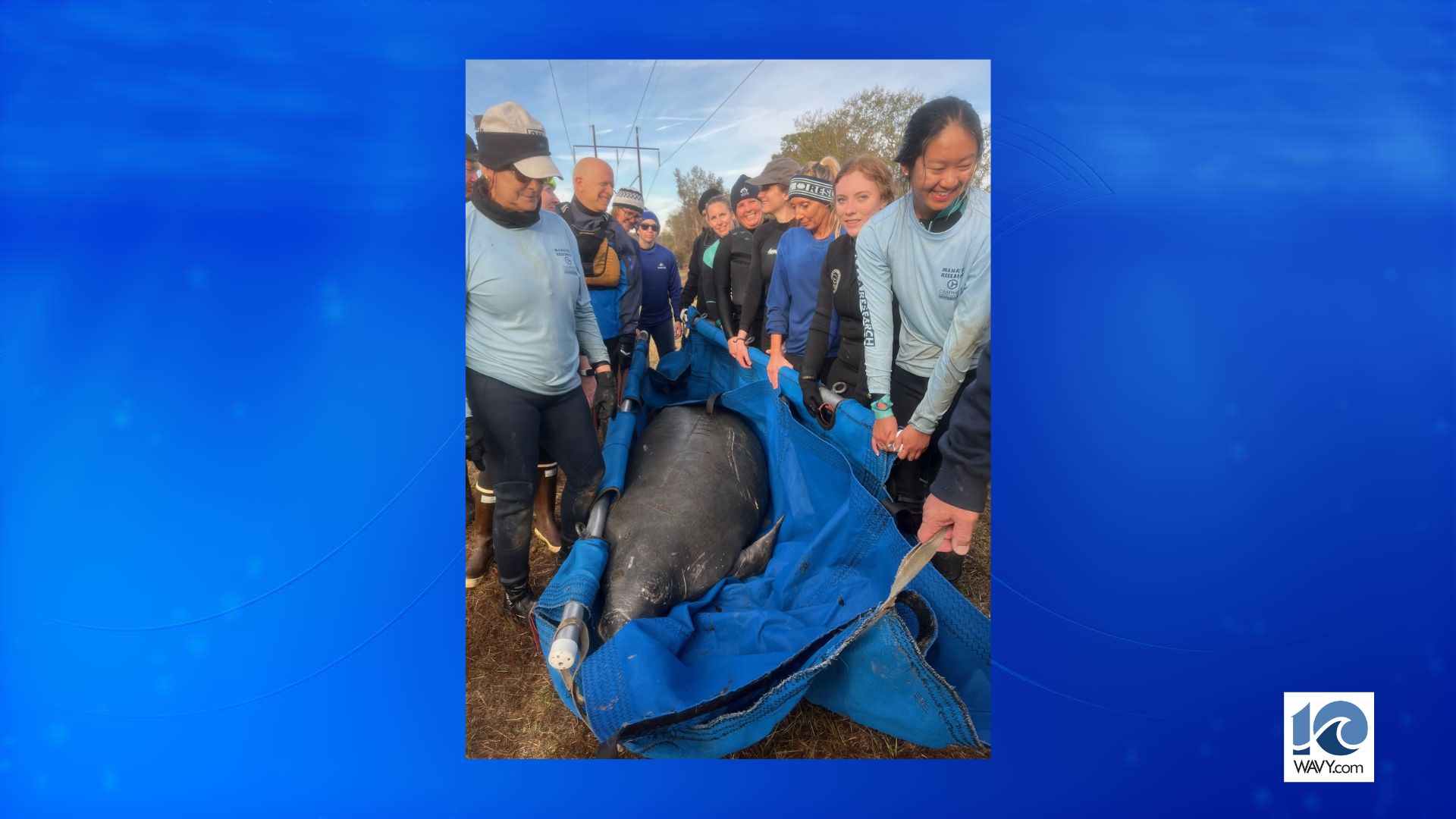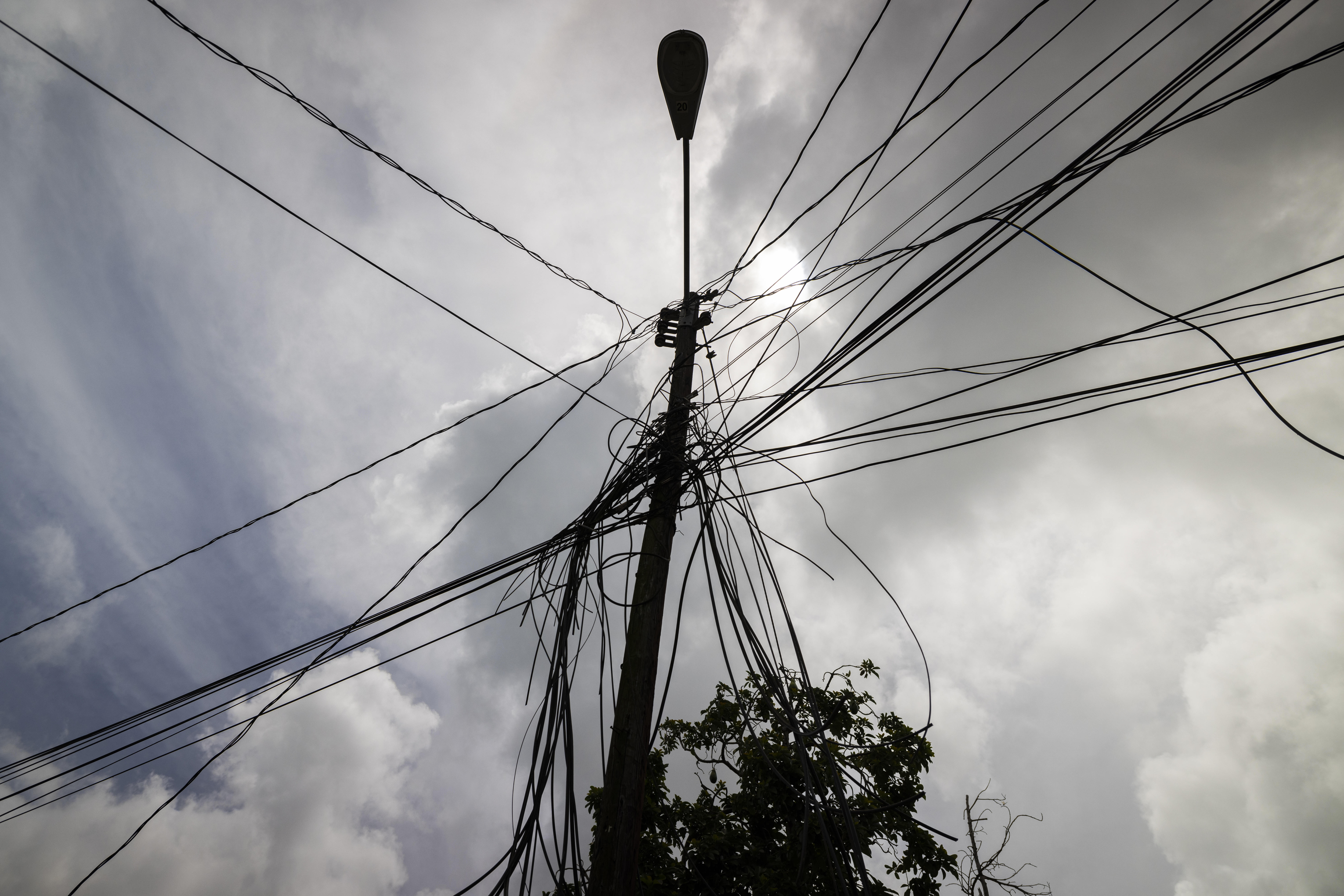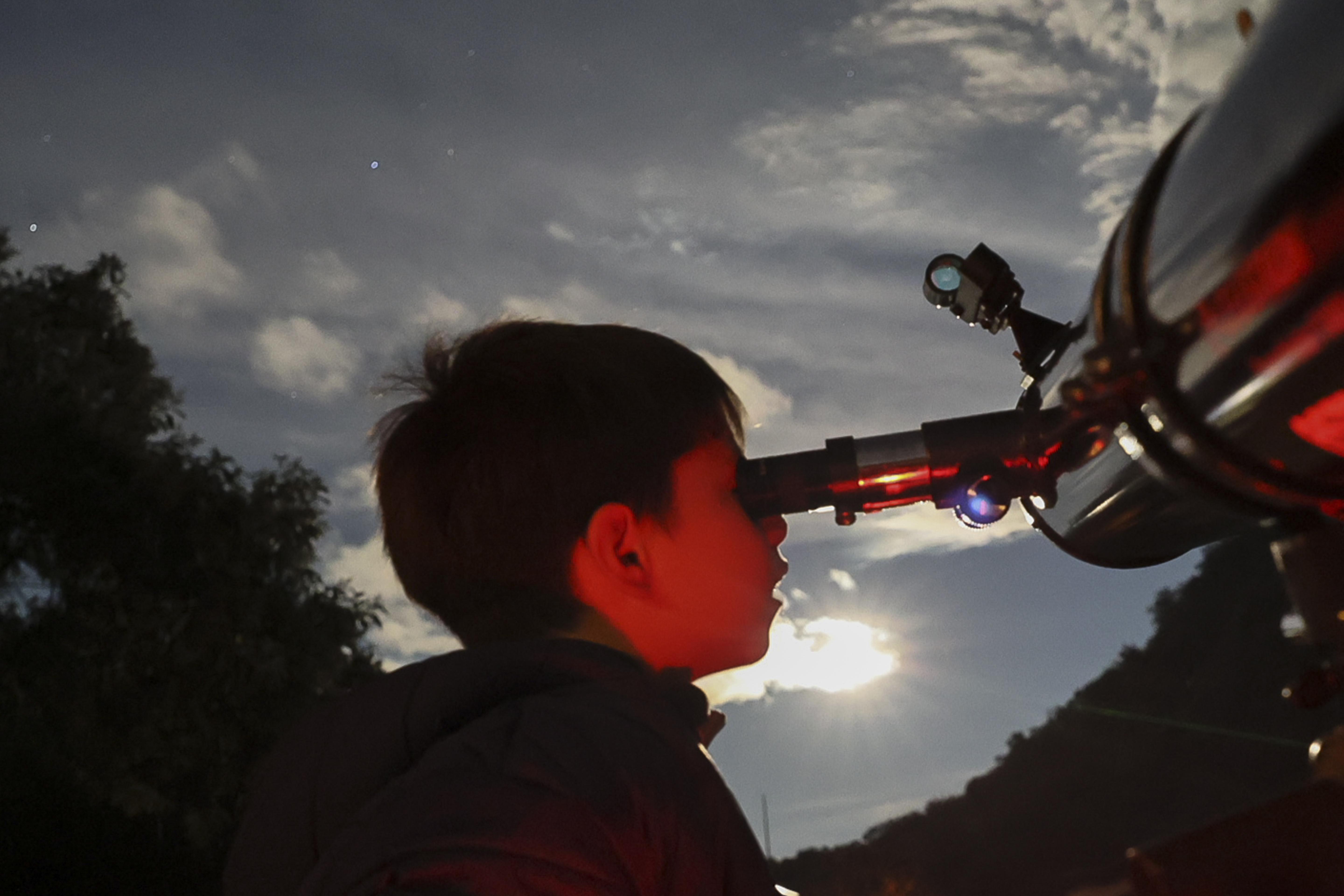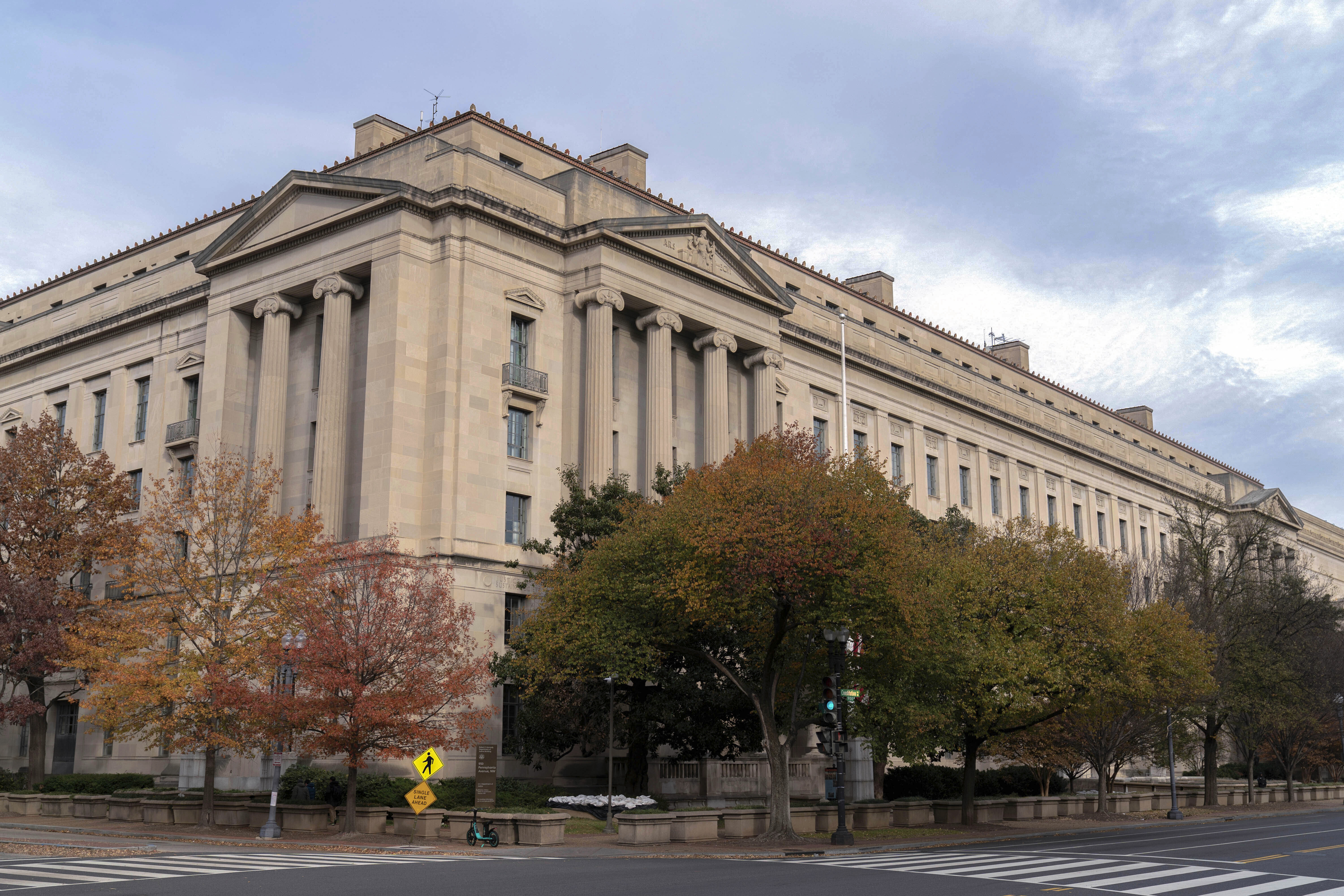There has been talk among the astronomy community about an intense meteor shower that could happen this week. The shower is called the alpha-Monocerotid, and it has a predicted rate to be up to 400 meteors per hour, however the window when we could see the meteors is very short, likely only 30 minutes!
Is the a guarantee? Well, predicting Meteors is very hard, and this one has only two data points that we can look back too, 1985 and 1995 when the radiant, or the spot in the sky where the meteors came from was near the star Procyon. Astronomers predict that the Earth is going to pass through the same region in space where this debris (meteors) are floating and we could see another show this year.
How to See It
Thursday’s weather is looking clear, so set up by 11pm, and look to the Eastern sky. You should be able to see the constellation Orion in the SE sky. Look down and to the left of that along the horizon. Here are two views of the night sky for the night of the 21st. I provided a ‘night’ version if you need a reference the night of the event to preserve your vision.
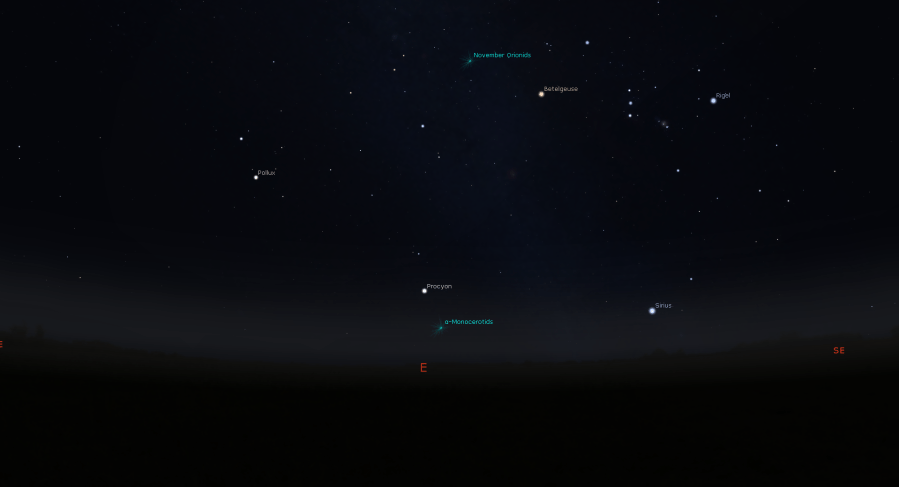
Regular Night Sky Map 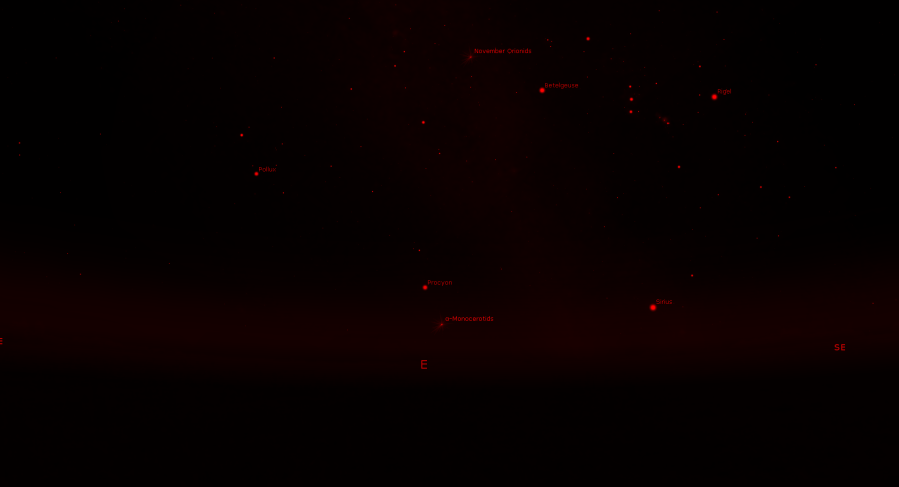
Night Sky Map
Remember, when you are waiting to see Meteors, you want to protect your eyes from the light and let them adjust to the dark. It can take 20 minutes for this to occur. So don’t look at your smartphone! Also, find a location far from light pollution. I recommend being in an area on this map of the color yellow or green.
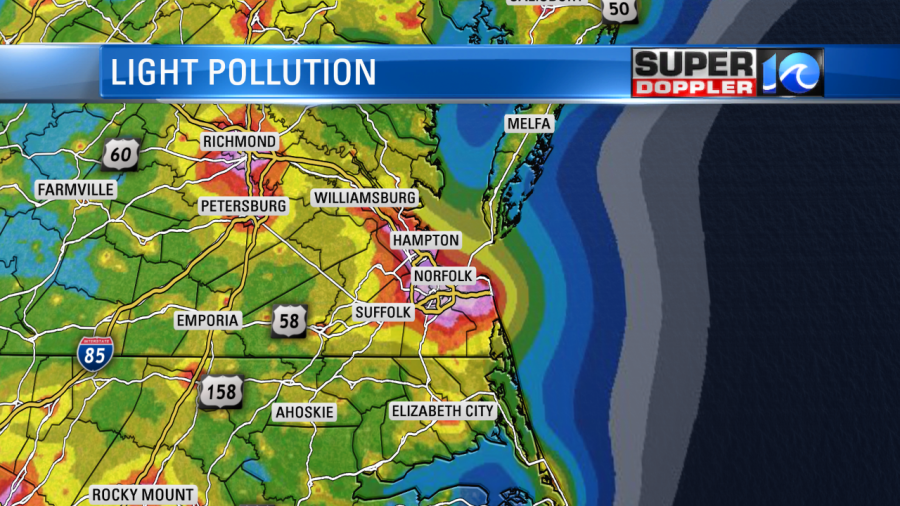
Remember, predicting meteor showers is really hard without much data, and this may be a bust, or a great show! Good luck and happy viewing!
For more about this, check out the article in Sky & Telescope written by amateur astronomer Bob King.
Meteorologist Jeff Edmondson





